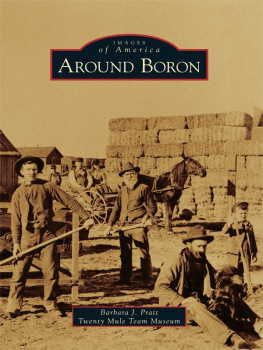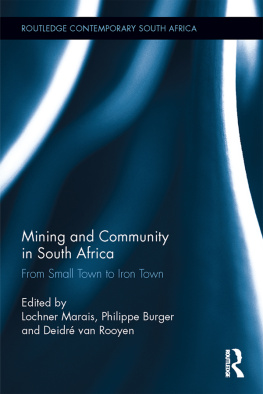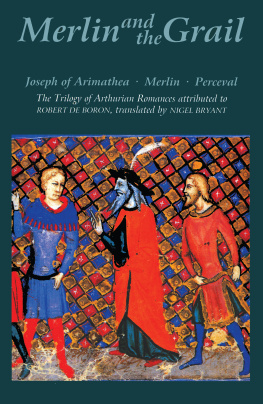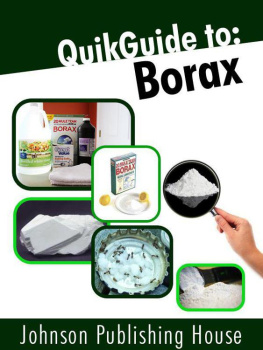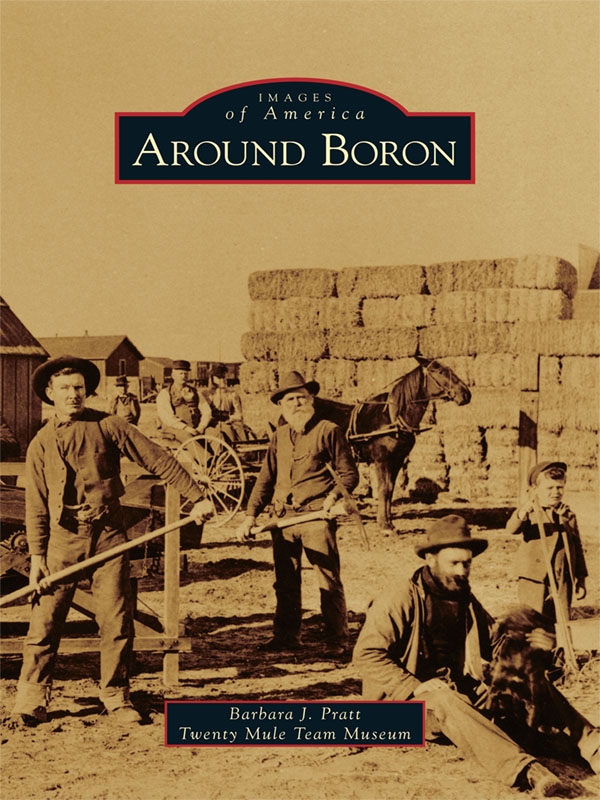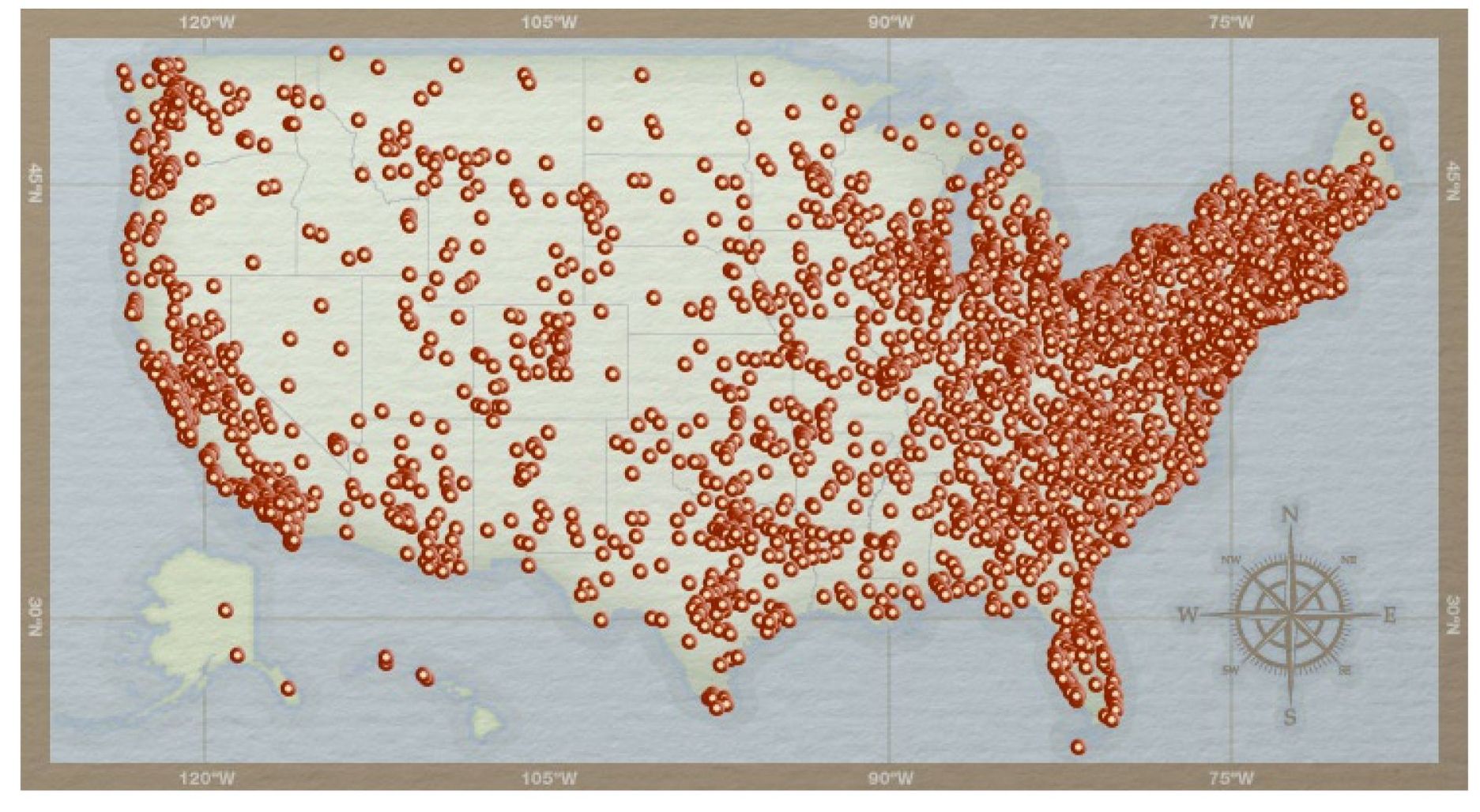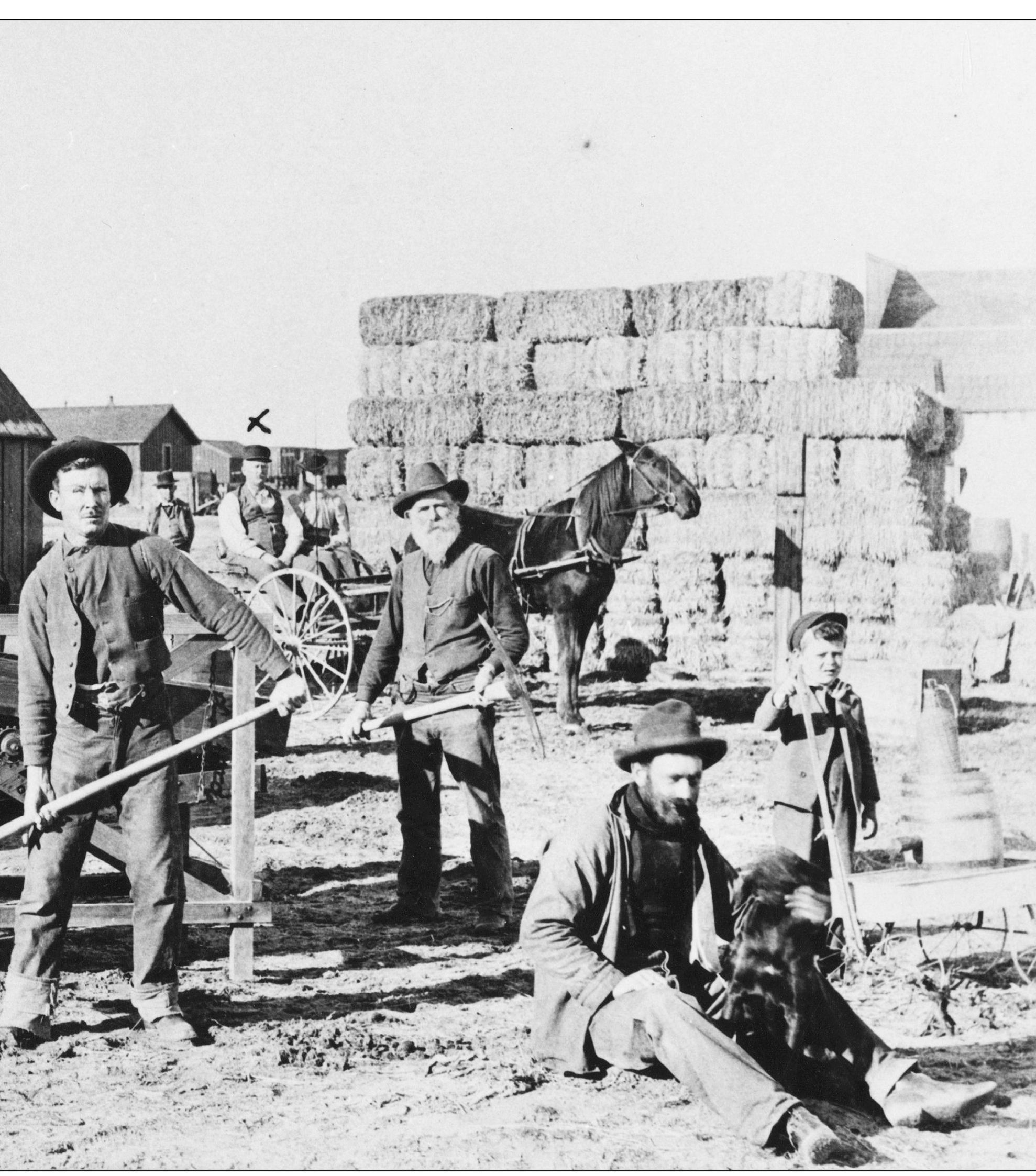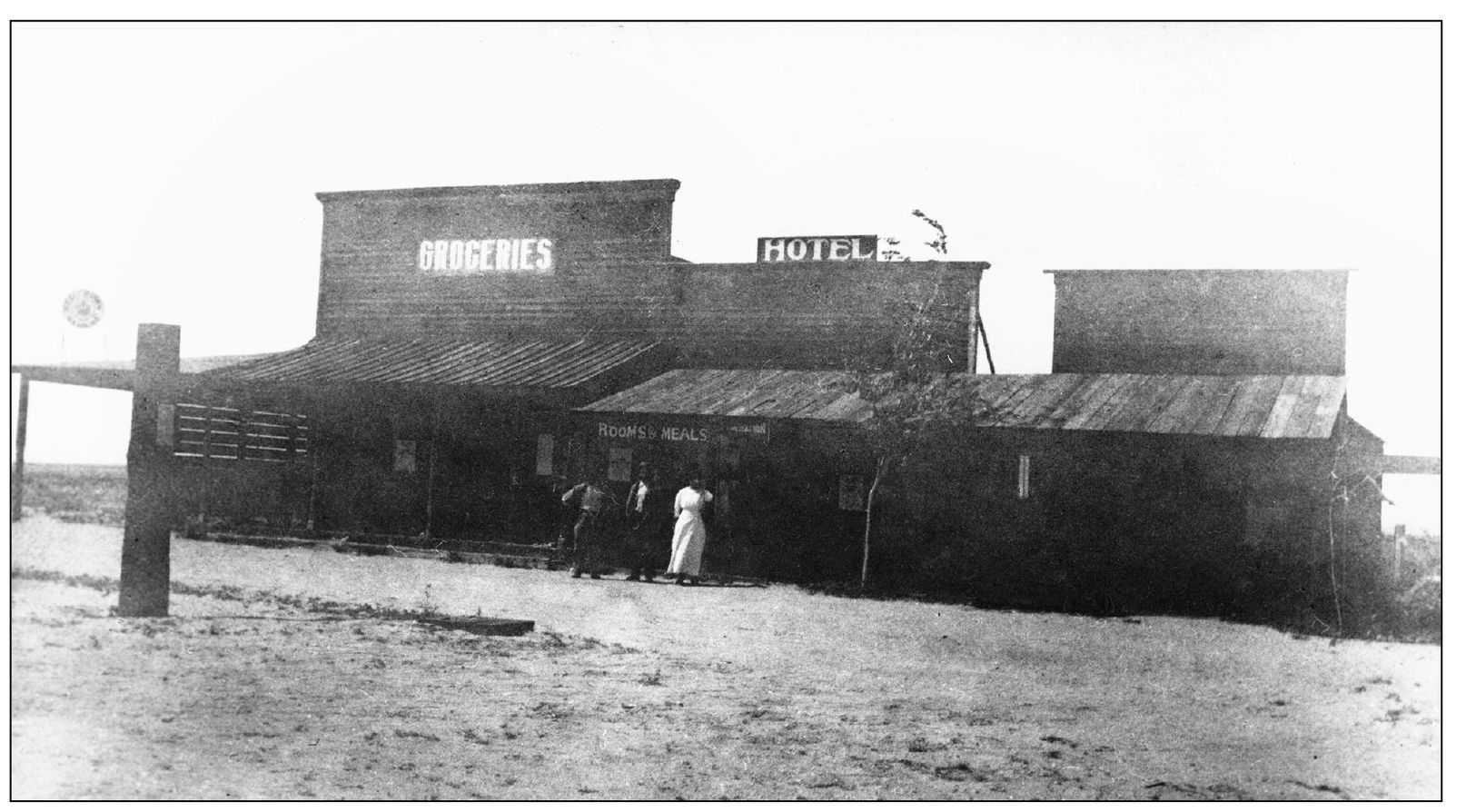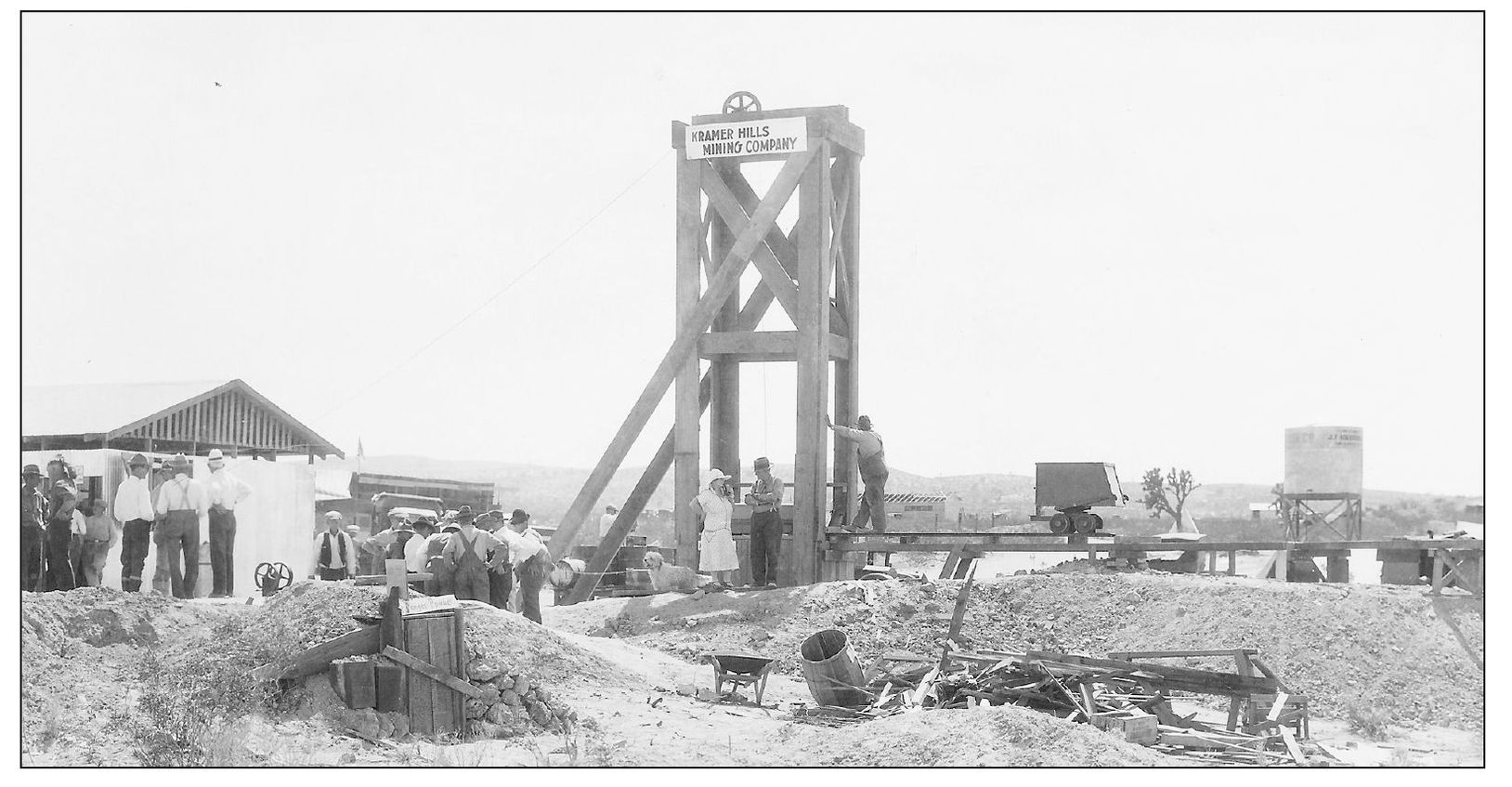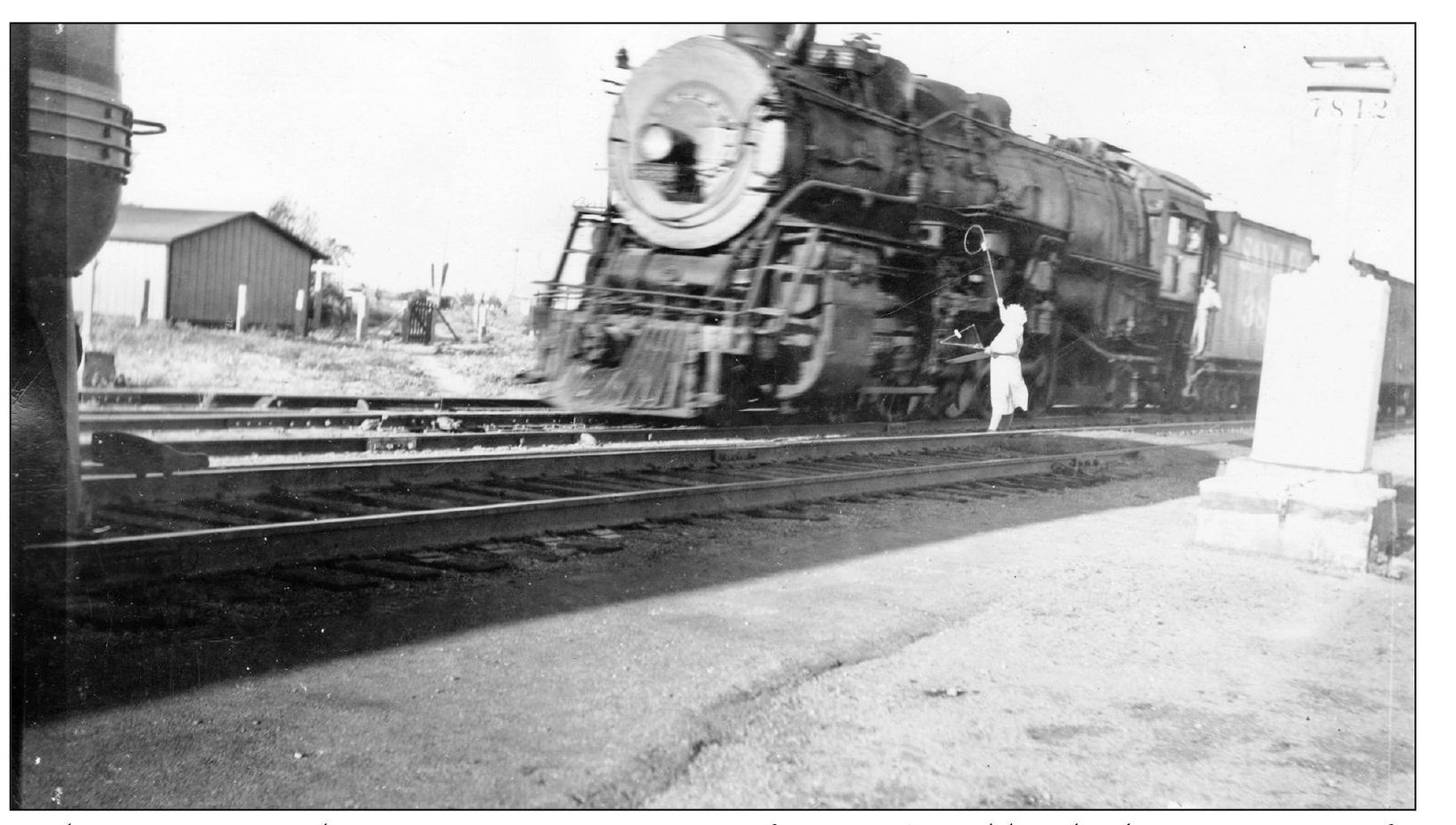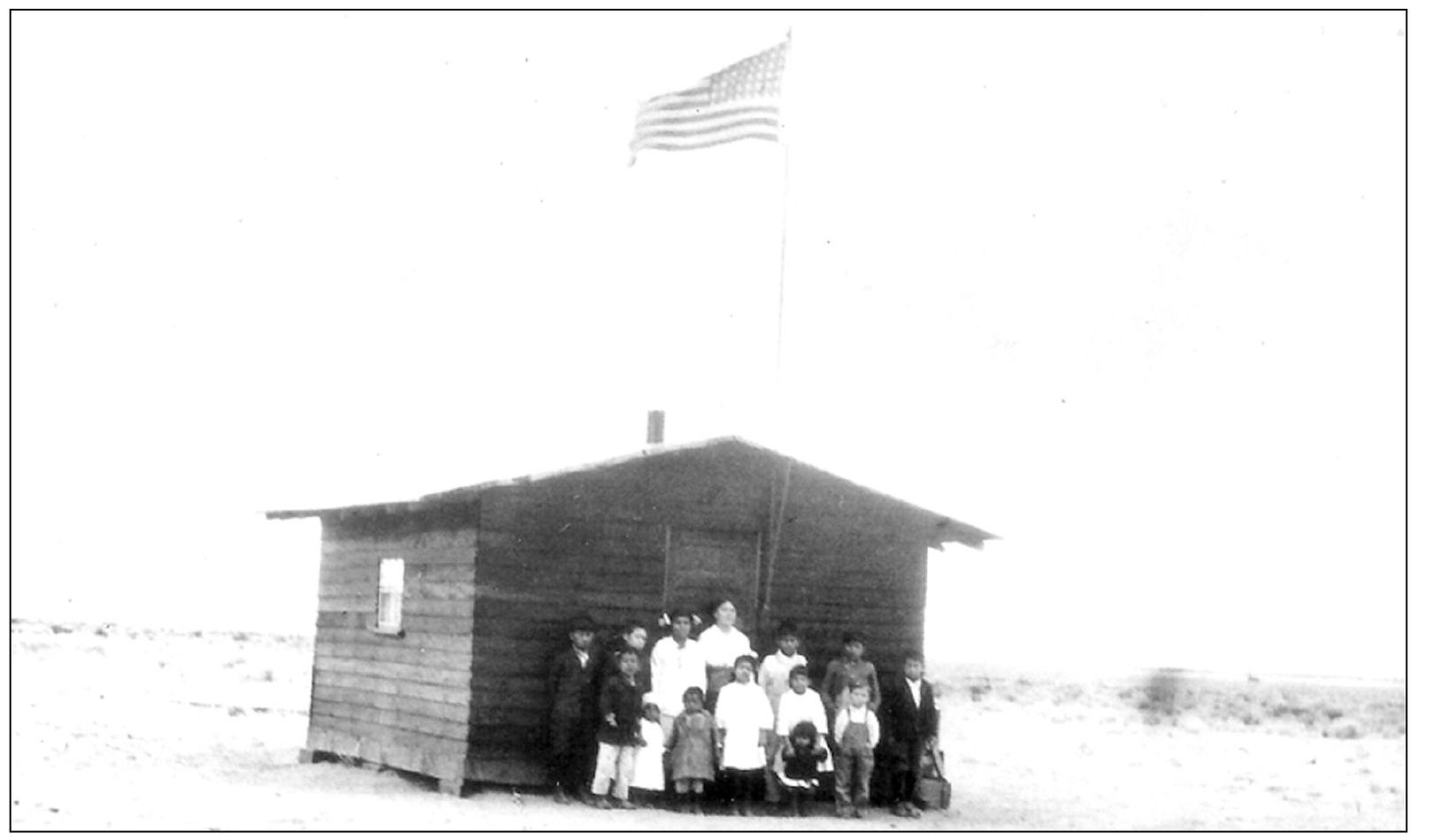One
KRAMER
As part of the transportation network that was uniting Southern California to the rest of the United States, the Southern Pacific Company began construction in February 1882 of a railroad line that ran from Mojave to Needles, California. By July 1882, Kramer, located about 38 miles east of Mojave, was established as a section camp with a depot, section house, tool shed, and housing for railroad crews. In an unsuccessful search for water, three deep wells were dug, but each of them cost too much to pump, so water was hauled by railroad cars from Hinkley, or sometimes Muroc, and stored in a large tank. The station was named for Meritz Kramer, an emigrant from Germany who owned the land. The Santa Fe Railway purchased this line from Southern Pacific on August 1, 1884.
After some negotiation, a branch line was built from Kramer north to Johannesburg in 1898 to serve the thriving mines of gold, silver, and other minerals around Randsburg. In 1934, when the mines were no longer flourishing, the railroad tracks were removed.
The Kramer Post Office was established on December 30, 1896. For some reason, it was discontinued on August 31, 1911, but was reestablished on March 2, 1912. It was permanently discontinued on November 30, 1918, and Hinkley became the post office for the entire area.
Around the dawn of the 20th century, Kramer was a busy place. Newspapers in Barstow, Randsburg, and other nearby towns carried frequent stories about developing oil wells, gold mines, and even diamond mines in the vicinity of Kramer. A few small gold mines were successful, but the oil wells and diamond mines never seemed to materialize, although there was much speculation and sale of stock. The borate mines, about 7 miles to the west of Kramer, proved to be a real bonanza. For a few years after they became productive, the ore was shipped out of Kramer, but it soon came to be more practical to cease operations there and move the depot to the growing town of Boron.
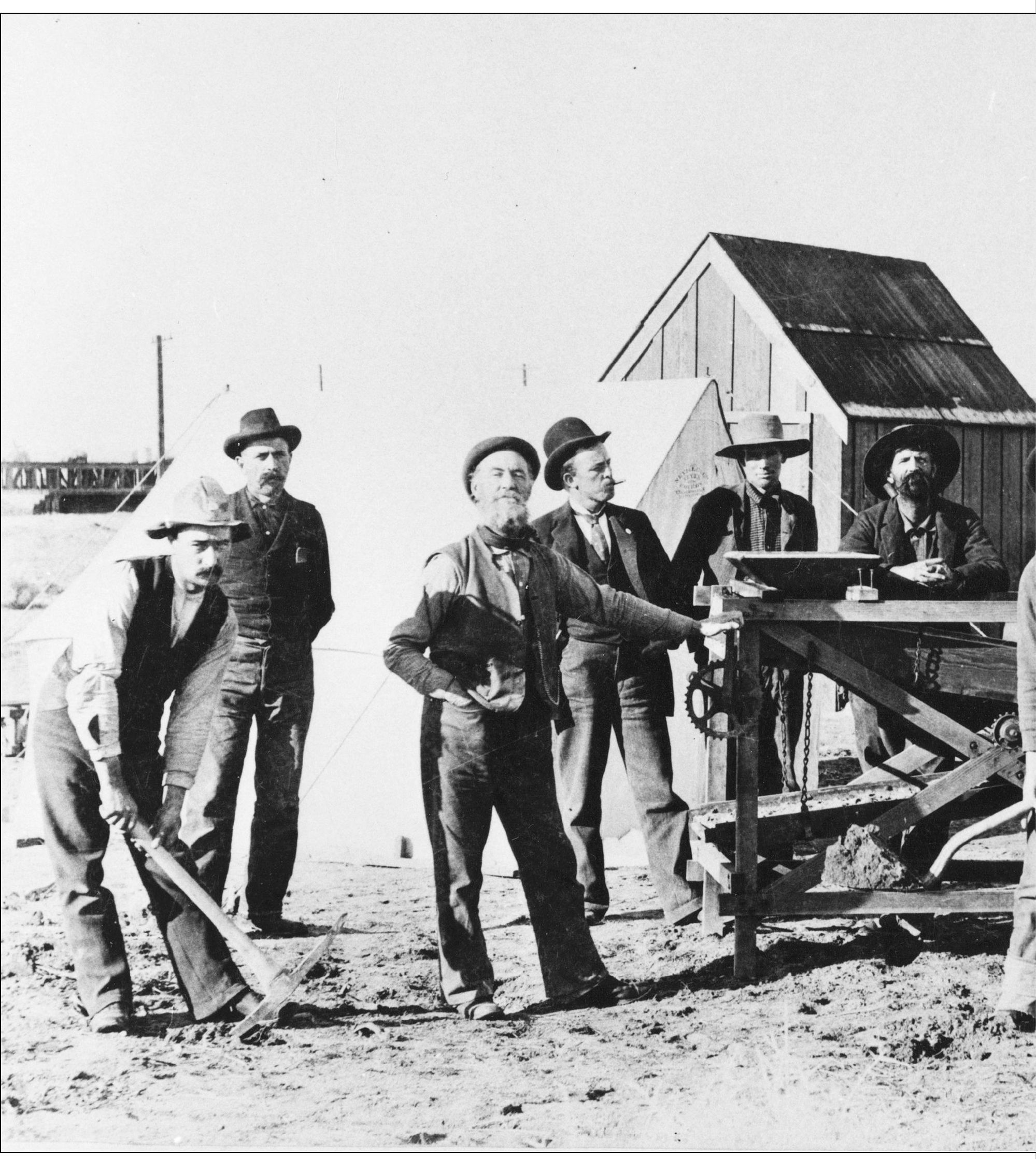
Joshua Rufus Ridge (in the wagon, under the X) was the rail section foreman. His wife, Ella, sits next to him in the wagon, while their son, Harry Albert Ridge, stands with his toy wagon. The hay bales indicate that horses were still an important form of transportation, although by 1897, the Santa Fe Railroad was well established, with two passenger trains traveling through every day to Barstow and beyond to the east and to Mojave and the rest of California to the west. There was very little agriculture, so the hay was probably brought in by train, too. By the next year, the railroad to the Randsburg mining area would be completed, but at this time, Kramer was the supply station for the Rand area. (Photograph by Stiffler; Harry Rufus Ridge and Jacqueline Ridge.)
Capt. John Blake built this complex, which provided a grocery store that sold everything imaginable, a hotel with a bar, and the post office. Captain Blake lived in this location for many years. He managed the store and the hotel until he leased it to A. E. Crouchwell and Company in 1912. It was rumored that Blake owned a gold mine he visited occasionally, taking devious routes so he could keep its location a secret. The first postmaster in Kramer was Charles M. Palmer.
There were a few homesteads scattered around Kramer, usually to the south and west where there were a few springs. Water and wood for fuel generally had to be hauled in. Rattlesnakes, spiders, and scorpions were constant threats.
The photograph above has a sign that clearly indicates this is the Kramer Hills Mining Company, although there is no indication of what was being mined. There are several possibilities because there was much mining activity in this vicinity. It could have been gold, silver, borates, or other minerals. The other image shows the great interest generated by the mines and also by oil wells, which never produced much, if any, oil, but the operators sold quite a bit of stock to investors motivated by numerous newspaper accounts of the imminent oil strikes. The drivers of all of these automobiles must have driven quite a few miles, as there were no cities very near the site. (Both, Deric English.)
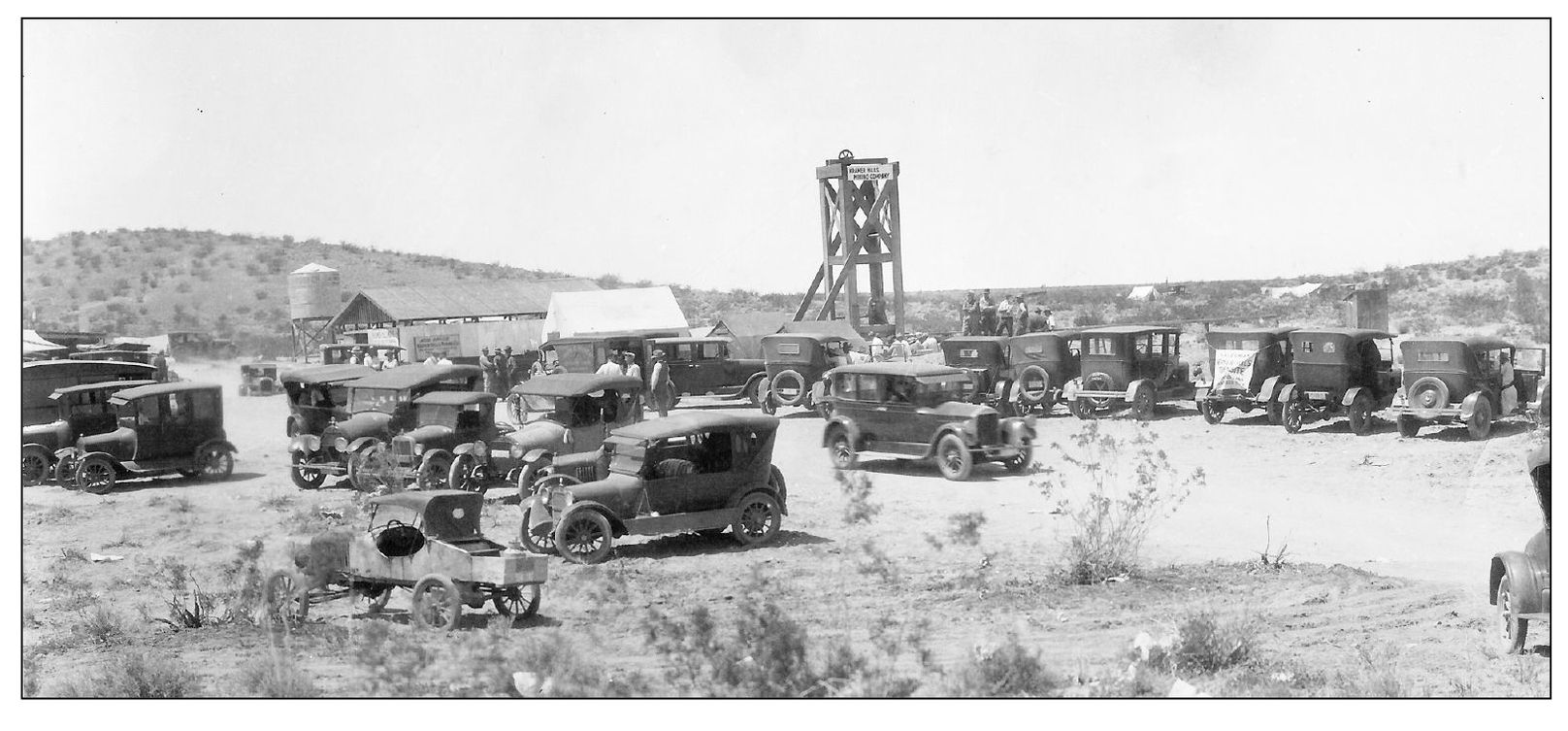
Herbert Forgey was the Santa Fe agent at Kramer from 1915 until his death in 1927. His wife, Nora, was the telegrapher-clerk and continued working in that capacity until the Kramer Station was closed. She moved with the station to Boron in 1941. Until her retirement in 1945, one of her duties was to hand orders to the engineer. She is shown here holding the orders aloft attached to a hoop, which the engineer hooks with his arm as the train slowly passes.

